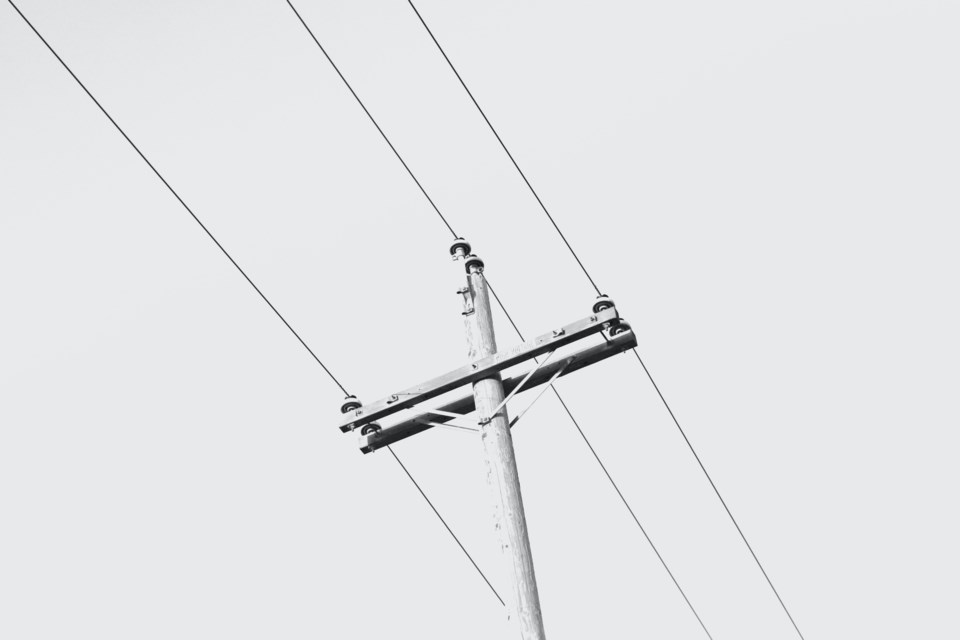A coal-fired plant that helped supply Longmont’s energy needs for over 35 years is headed for early retirement to make way for non-carbon sources to light up the city’s homes and businesses.
Rawhide Unit 1 will cease producing electricity by 2030, 16 years before its planned retirement date, officials with the Platte River Power Authority said. The wholesale electricity generation and transmission provider delivers power to Longmont, Estes Park, Fort Collins and Loveland.
Longmont consumes about 25% of the plant’s annual energy output, according to the authority.
Rawhide Unit 1, located near Wellington, began commercial operations in April 1984 and used coal extracted from the Antelope Mine in Wyoming and Powder River Basin, which straddles Montana and Wyoming.
The facility has been praised for its clean coal production, including being named the fifth cleanest coal-fired power plant in the U.S. by Electric Light and Power magazine.
But the Platte River Power Authority governing board in 2018 approved a Resource Diversification Policy, calling for a 100% non-carbon energy mix by 2030, and planners began planning a future without its coal-fired unit, PRPA officials said.
Plans for the non-carbon switch are on hold, since the authority cannot hold public hearings because of the COVID-19 outbreak, officials said. But PRPA decided to move ahead with Rawhide Unit 1’s retirement to adhere to state regulatory timelines.
“Together with our owner communities, we are taking the next steps toward our energy future,” Jason Frisbie, general manager and CEO of Platte River, stated in a news release.
“Rawhide Unit 1 has served us extremely well for the past 36 years,” added Wade Troxell, Platte River Board chair and Fort Collins mayor. “But the time has come for us to move toward a cleaner future with grid modernization and integration while maintaining our core pillars of providing reliable, financially sustainable and environmentally responsible energy and services.”
Abby Driscoll of Sustainable Resilient Longmont praised Platte River’s decision, saying a consortium of northern Colorado environmental groups have long lobbied for the change from coal to wind, solar and other renewable sources.
“This is a real exciting step forward,” Driscoll said. “We’ve known for a long time that there are more cleaner energy sources out there. We applaud the move by Platte River.”
Unit 1 provided more than half of the energy needs for Platte River’s owner communities, supplemented by federal hydropower contracts, natural gas resources, market purchases, wind and solar resources, PRPA said.
By the end of 2020, more than 50% of the energy delivered by Platte River will come from non-carbon resources including wind, solar and hydro facilities, officials said.
In January 2018, Longmont City Council approved a resolution adopting a goal of having 50% of the city's electricity generated by non-carbon sources by 2022 and 100% generated from renewable sources by 2030.



